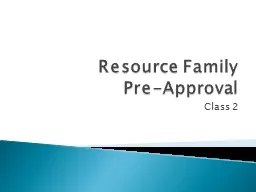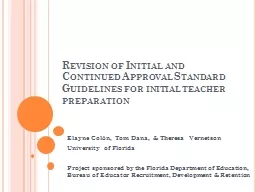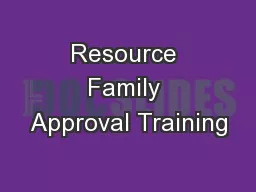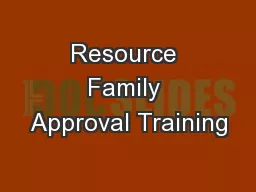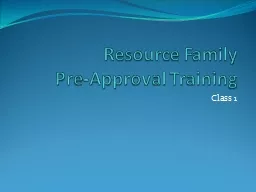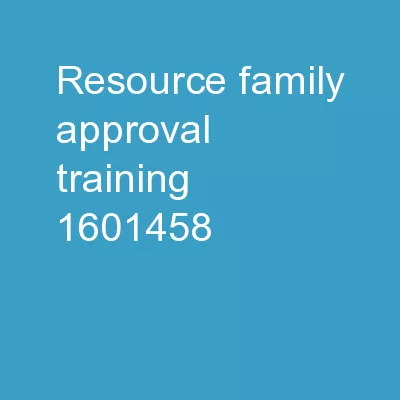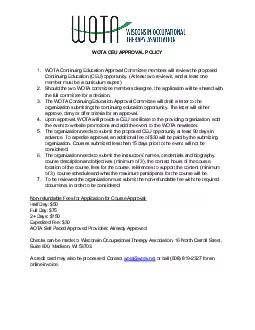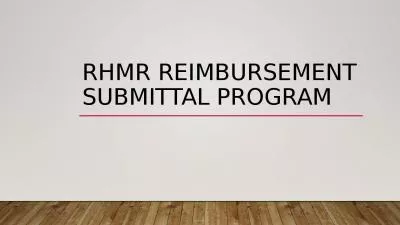PPT-Resource Family Pre-Approval
Author : natalia-silvester | Published Date : 2018-10-20
Class 2 Housekeeping Items Icebreaker Activity Presentation of material Child Development Maslows First part of Trauma information Break 10 minutesoptionalclass
Presentation Embed Code
Download Presentation
Download Presentation The PPT/PDF document "Resource Family Pre-Approval" is the property of its rightful owner. Permission is granted to download and print the materials on this website for personal, non-commercial use only, and to display it on your personal computer provided you do not modify the materials and that you retain all copyright notices contained in the materials. By downloading content from our website, you accept the terms of this agreement.
Resource Family Pre-Approval: Transcript
Download Rules Of Document
"Resource Family Pre-Approval"The content belongs to its owner. You may download and print it for personal use, without modification, and keep all copyright notices. By downloading, you agree to these terms.
Related Documents

